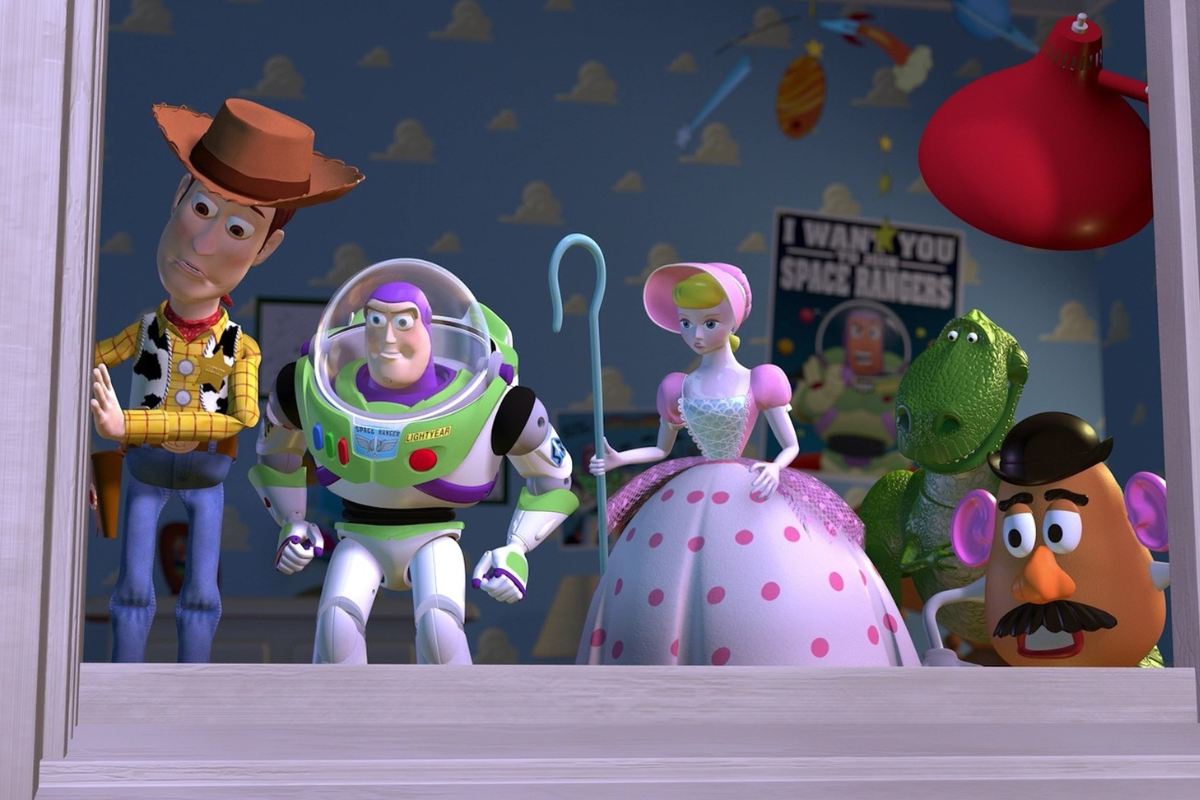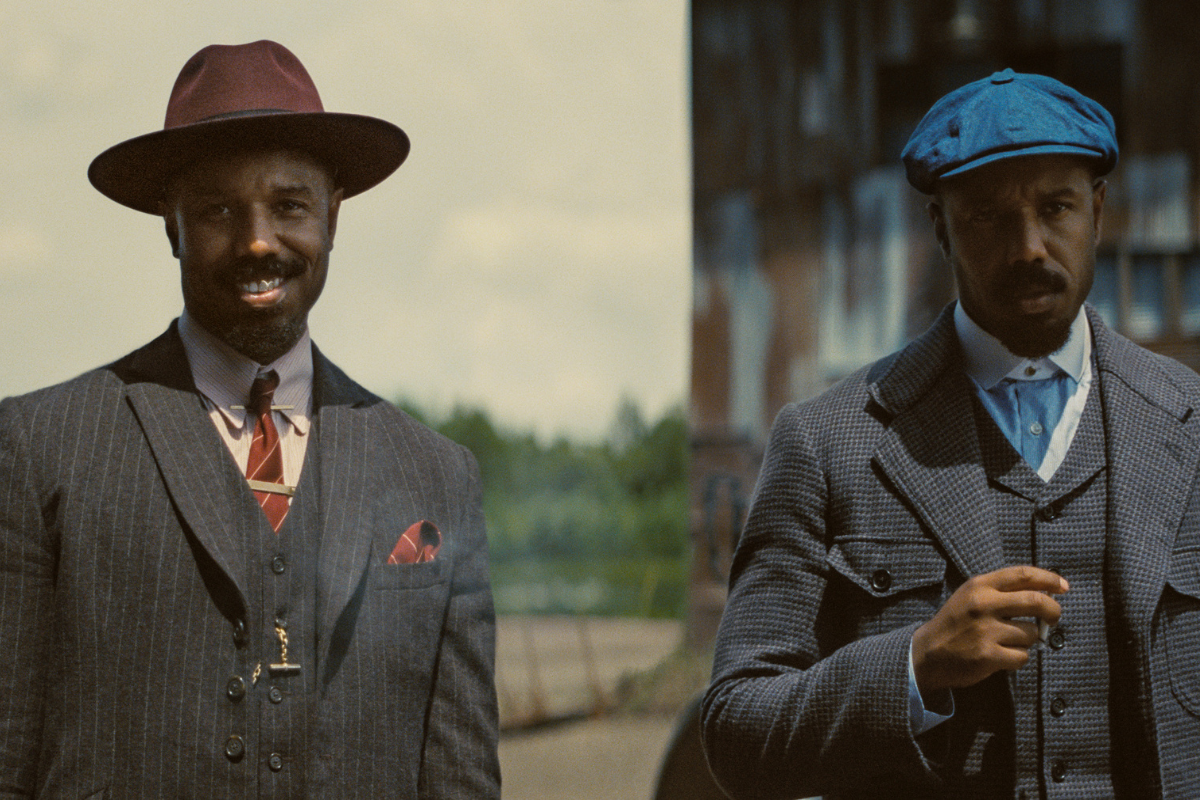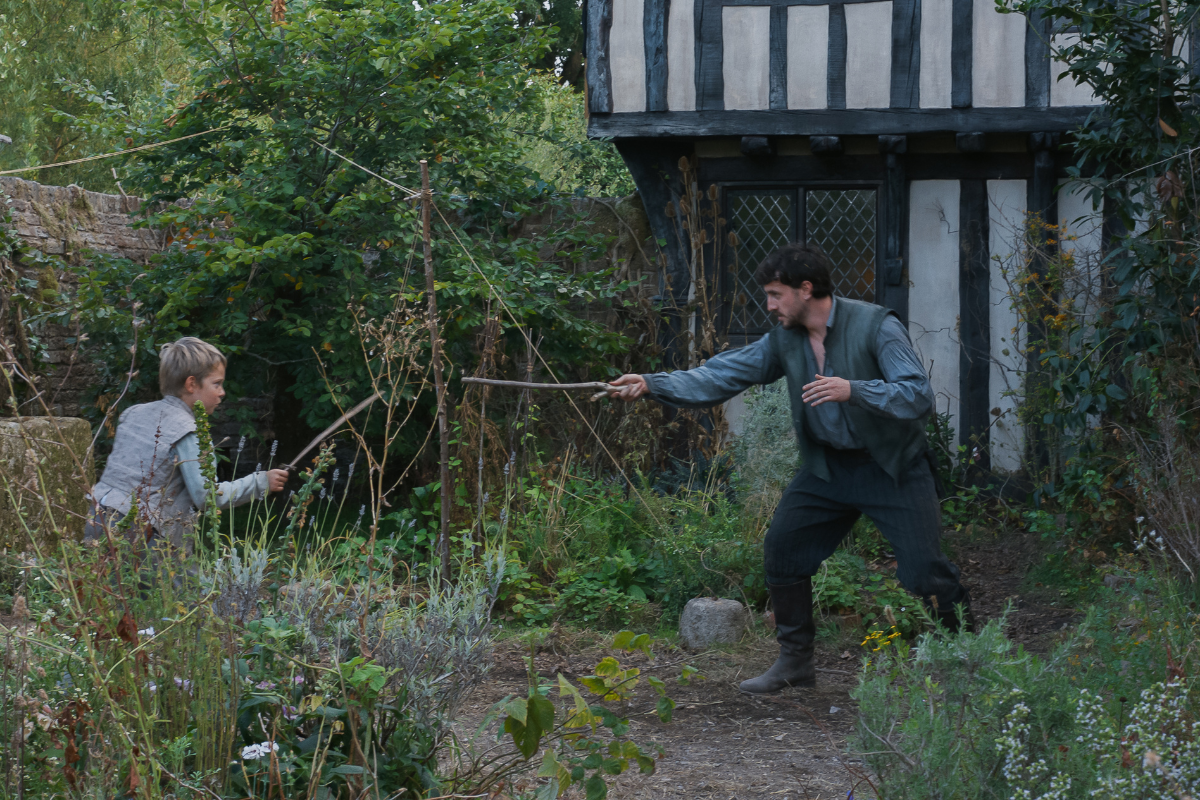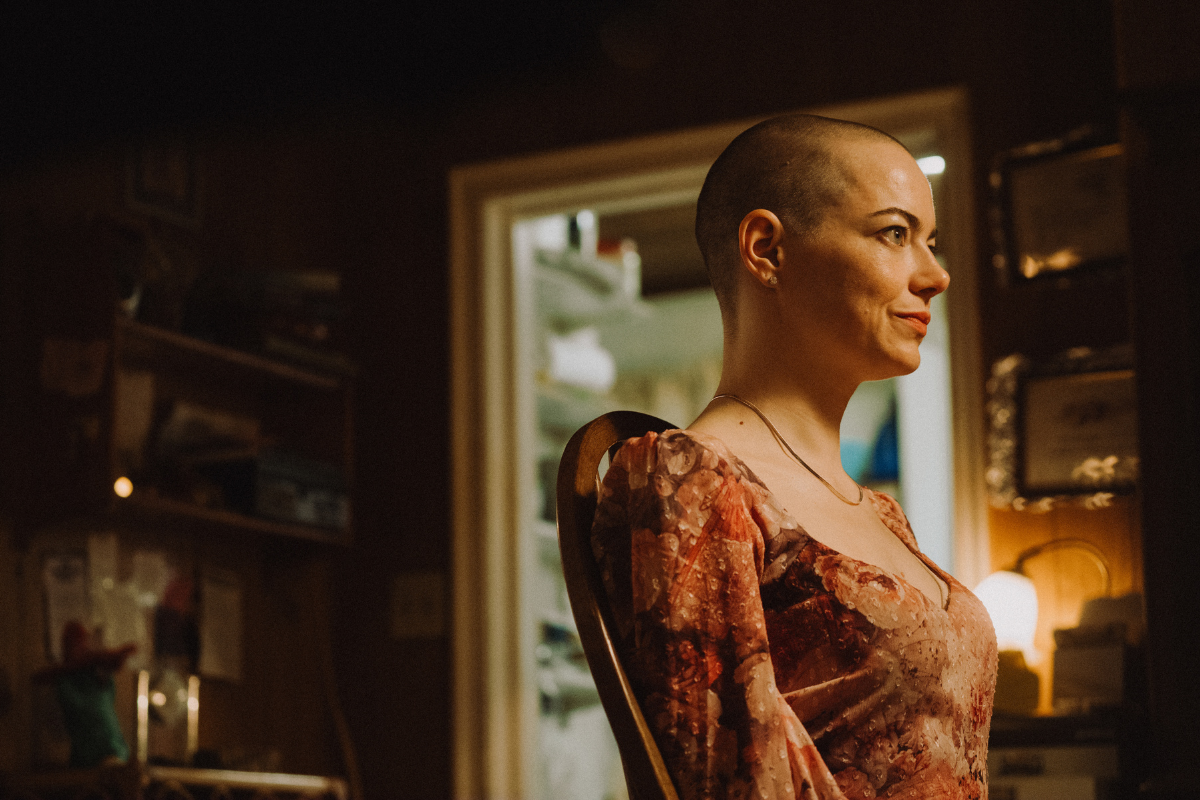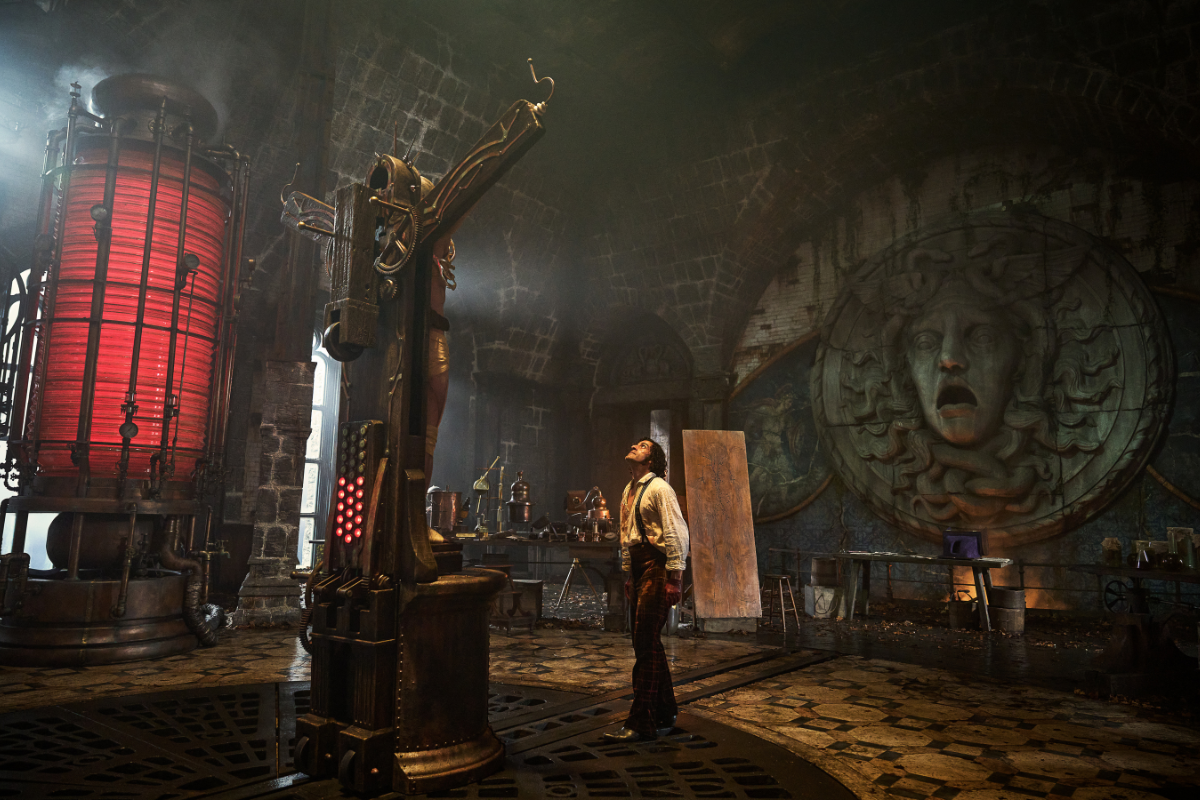Adapting for the Screen: Heaven and Hell
Adapting a novel to a screenplay can be heaven or hell, and it’s usually a little of each. Why is adapting a joy? For most screenwriters, the problems of adapting…
Adapting a novel to a screenplay can be heaven or hell, and it’s usually a little of each.
Why is adapting a joy? For most screenwriters, the problems of adapting a book are outweighed by the joys of working with very rich source material. Novelists put in so much work to create vivid characters, interesting relationships, settings that the reader can easily imagine, and intriguing stories. All of this gives a screenwriter loads to work with and, often, the job of deciding what to cut versus what to keep is what gives screenwriters their biggest challenges.
Why do you have to cut? What to cut versus what to keep is one of the first decisions to make in adapting a novel because a movie cannot cover an entire book. There is simply not enough time. You can spend a whole day reading a novel but a movie typically lasts only 2 hours. If it’s a comedy, it’s only 90 minutes.
Where do you start? When a writer plans to adapt a book, one of the first questions is to decide on a point of view. Some novels present a story from many viewpoints, alternating chapters among two or more characters. But most movies tell only one person’s side of a story. Which point of view will be the best? Sometimes it’s easy to see the strongest point of view or find the character that has the most dramatic experience, but in other cases it depends upon which themes the screenwriter wants to explore.
What if it’s episodic? Sometimes, even after choosing a point of view, the story will still be too long. The central character goes through ordeal after ordeal in the book. In this case, a screenwriter needs to find one ordeal that epitomizes the character’s personality, or his conflict or his growth. The goal is to rewrite a novel so that it tells one big story in just two hours.
What’s an example? Primal Fear, which starred Richard Gere and Edward Norton, is a good example of choosing one chunk from a book to make a good movie. The book follows Aaron Stampler from his high school years in Kentucky to his life as a young man in Chicago. I don’t recall whether it’s in chronological order or whether we loop back to Aaron’s past at the end of the book. But the film focuses only on the time in Chicago – the most dramatic chunk of story that shows the essence of Aaron’s character.
Did they cut everything? Primal Fear is richly layered as a book and as a movie. Aaron’s story, which is compelling in itself, is only the main thread. This is one of those films that might take a couple viewings before you get all of the subplots that go on with the other characters. The screenwriter and director managed to pack in a whole lot that might just as easily have been cut out by other filmmakers.
What about epics? Another way to choose what to cut is to look at the time span of a book. Novels often span years or even decades but a movie works best if it covers a short time. In fact, some great movies cover only a day or a week. The book A Simple Plan follows a man and his wife as they stumble on a fortune in drug money and then their lives unravel as they commit crimes to keep the money. The book spans several years, ending with the couple feeling their later troubles are punishment for their earlier sins. The film, which starred Bill Paxton, covers a much shorter period and doesn’t follow the couple into the future. We get a sense that they will always be haunted by their past, and leaving it at that works fine.
Can there be a cast of thousands? A Simple Plan is a story that revolves around a handful of characters but some books feature dozens of important players. To make the movie version of this kind of story, you need to cut down on the number of characters. If a book has a bad guy with lots of henchmen, they can be rolled into just a few henchmen in the script. The task is usually to condense a bunch of similar characters into one very strong one. If a movie presents more characters than an audience can keep track of, the audience will usually get confused and lose interest in the story.
Is a screenplay “pretty?” In addition to cutting and condensing like I’ve described, a screenwriter has to completely rewrite a novel’s beautiful writing style. You may never read the screenplay version of a novel but, if you did, you’d be surprised at how differently it reads, even in a script that is very true to its source. It’s not necessarily difficult for a good screenwriter to turn prose into a script, but it’s often bittersweet because no one likes to hack away at someone else’s beautiful writing. A screenplay doesn’t have room for some of the most pleasing aspects of a book – like a long paragraph that sets a scene or a whole page that explores a character’s background.
Why can’t it be pretty? In working with a novelist on his Revolutionary War script, I had to tactfully remind him to “cut the editorializing.” It was difficult for him, of course, and it was difficult for me because his writing really was beautiful. But a novel runs about 300 pages and a screenplay is only 120 pages so, somehow, something’s gotta go. Sometimes, it’s really difficult to boil someone’s work down to its essence, but that’s the job.
What about a character’s thoughts? On the other hand, the long passages in a book that tell what’s going on inside a character’s mind have to be converted into either action or dialogue. Movie characters rarely get to think out loud or talk very much about their emotions. Instead, they have to show what they feel through their actions and reveal their thoughts through dialogue that’s not too obvious. Again, this part of adapting a book is time-consuming but not necessarily difficult. It just takes a lot of creativity to take what was told in a book and find ways to show it in a movie.
Can you break that rule? Though I said that movie characters don’t usually get to think out loud, sometimes they do. I just re-read the novel About a Boy and watched the film, which starred Hugh Grant. The film used narration to cover a lot of the main players’ thoughts. Most movies avoid doing this because it can bog things down, but it worked well in this case. I’m not sure how well it would hold up to repeated viewings; it might get annoying pretty fast.
What about fractured stories? Another challenge in writing a screenplay comes when a book covers more than one era or location. Novels can alternate chapters between here and there, or between now and then, but a film – again – is more effective if its time and locations are limited. The decision is usually dictated by the material. If the heart of the story is about the contrast between now and then, or between here to there, those elements must be kept. But, if not, the story can be adapted to one time or one place, and it may still work fine.
What about nonlinear structure? I analyzed an interesting novel once that told the story of a woman at two different stages in her life. We first followed her as a young woman as she had an adventure and then we followed her as she had another adventure as a much older woman. In this case, both of the adventures were very important and, in fact, they mirrored each other. I recommended that the script weave both of the adventures together, to tell them simultaneously and intercut between them.
Can you add new stuff? I’ll give you one more example about adapting a book. In this case, whole chunks of the book were eliminated and replaced by brand-new plot lines. The book About a Boy tells the story of a man whose life is altered by his friendship with a boy – and vice versa. At the half-way point in the book, when the guys have begun to change as a result of their friendship, each one goes on to have a romance. A climax brings all of the characters back together. And, at the end of the book, the focus returns to the man and the boy, to wrap up their relationship.
In the film, the two romances are dropped almost completely, and the story stays focused on the relationship between the man and the boy when they face a final challenge that was not in the book. There is nothing wrong with where the book went, but it made for a better movie to stay focused on the two guys.
Wrap it up, will ya? So, there we are. We’ve covered eight of the big challenges that screenwriters face when they adapt books.
# # #
This article, originally an oral presentation, was written by script consultant and screenplay analyst Elizabeth Stevens.
Since 1998, Elizabeth Stevens has evaluated nearly 3,000 novels and feature film screenplays for Hollywood producers including Sandra Bullock’s Fortis Films, Permut Presentations, Bel-Air Entertainment and Lifetime Television, for the Final Draft Big Break Contest and Film Independent’s Filmmaker Labs, and for screenwriters across the U.S. and around the world.
For more screenwriting tips, or to contact Elizabeth, visit her website.
Learn How to Turn a Book Into a Movie with our FREE Download on Tips for Acquiring Book Rights and Writing an Adaptation
Top screenwriting and film publication, founded in 1989, published by Active Interest Media. Twitter: @scriptmag


